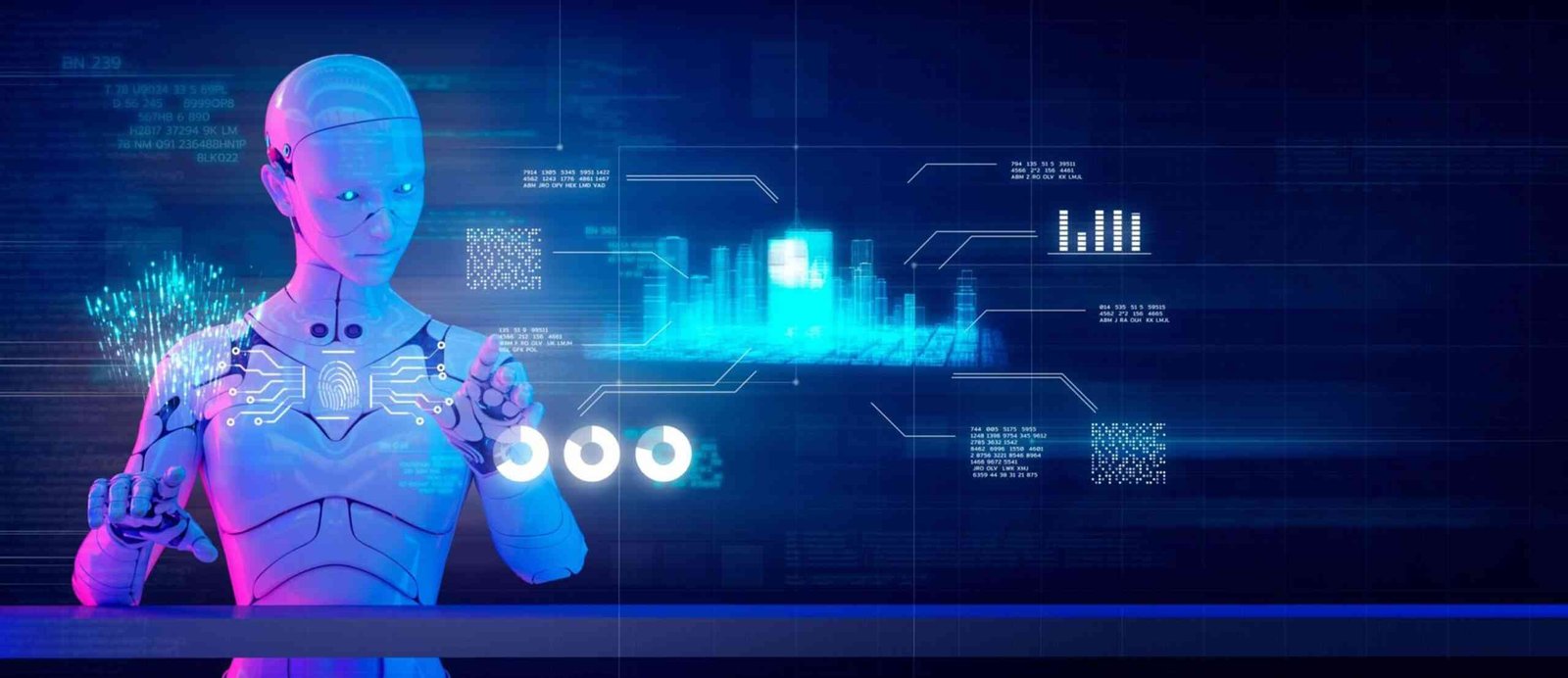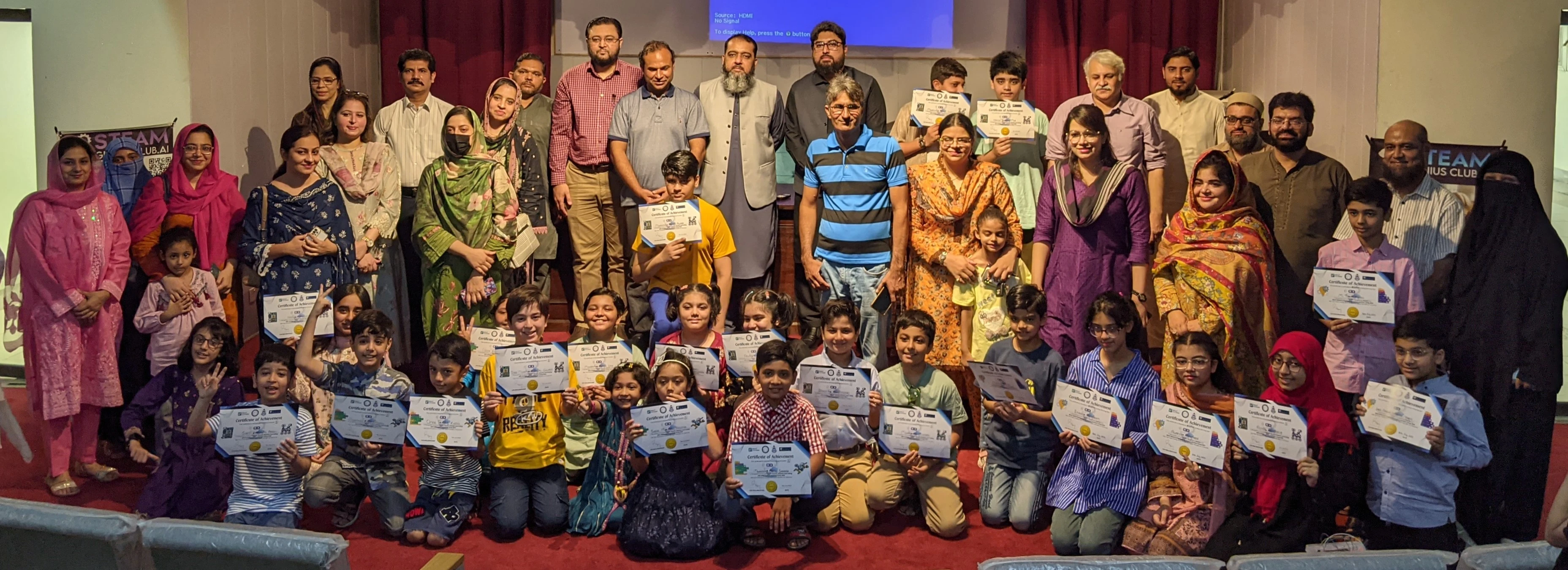
The combination of Robotics and Artificial Intelligence (AI) is changing the world in exciting ways. Together, they are making machines smarter, more capable, and able to do tasks that were once thought to be possible only for humans. This partnership between technology and intelligence is transforming industries, helping people, and opening up new possibilities for the future.
What Are Robotics and AI?
Robotics involves creating machines that can perform tasks, often by mimicking human or animal movements. These machines, called robots, are built with parts like motors, sensors, and controllers that help them interact with the physical world.
Artificial Intelligence is the technology that enables machines to think, learn, and make decisions. AI gives robots the ability to recognise patterns, adapt to new situations, and even solve problems on their own. When robotics and AI come together, they create machines that are not only physically capable but also intelligent.
How Robotics and AI Are Changing Industries
1. Healthcare
Robots powered by AI are becoming lifesavers in healthcare. They assist in surgeries, perform repetitive tasks like sterilizing equipment, and even provide care for patients. For example, AI helps robots analyze medical data to detect diseases early. Robotic exoskeletons are also helping people walk again, giving hope to those with mobility challenges.
2. Factories and Warehouses
In industries like manufacturing and logistics, robots are becoming smarter and faster thanks to AI. They can assemble products, inspect them for defects, and even pack and ship items efficiently. Companies like Amazon use AI robots to move items in their warehouses quickly and safely.
3. Farming
Robots and AI are helping farmers grow more food with fewer resources. Robots can plant seeds, monitor crops, and detect pests using AI-powered cameras and sensors. This approach, called precision farming, reduces waste and supports sustainable agriculture.
4. Education
AI-driven robots are entering classrooms, helping teachers by providing personalized lessons to students. These robots make learning fun and interactive, preparing kids for a world where technology will play a big role.
Future Trends in Robotics and AI
1. Robots That Work with Humans
Collaborative robots, or “COBOTs,” are designed to work alongside people. These AI-powered robots can understand human actions and adjust their behaviour to keep everyone safe while improving efficiency.
Robotic Arm used in different Industries
2. Robots That Understand Emotions
AI is teaching robots to recognise and respond to human emotions. These robots could be used as companions, caregivers, or therapists to provide emotional support and improve mental health.
3. Robots Working in Groups
Inspired by nature, AI is enabling robots to work together like ants or bees. This idea, called swarm robotics, is useful for tasks like disaster rescue or cleaning up the environment.
4. Self-Driving Machines
Autonomous vehicles like self-driving cars and delivery drones are becoming a reality thanks to robotics and AI. These vehicles can navigate roads or skies without human drivers, promising safer and faster transportation.
Benefits of Robotics and AI
The combination of Robotics and Artificial Intelligence offers many benefits:
- Increased Efficiency: Robots can work around the clock without getting tired, and AI helps them improve over time.
- Improved Safety: Robots can handle dangerous jobs, keeping humans safe from harm.
- Personalised Services: AI enables robots to tailor their actions to individual needs, whether in healthcare, education, or customer service.
Challenges to Overcome
Despite their potential, there are challenges to address:
- Job Loss Concerns: As robots take over repetitive tasks, people worry about losing jobs. However, new roles that involve designing, programming, and maintaining these robots are also being created.
- Cost of Technology: Developing and using AI-powered robots can be expensive, making it harder for smaller businesses or communities to adopt them.
- Ethical Issues: Questions about privacy, decision-making by robots, and their impact on society need careful consideration.
What the Future Holds
The future of Robotics and Artificial Intelligence (AI) goes beyond current achievements, venturing into revolutionary possibilities that could redefine humanity’s relationship with technology.
1. Self-Healing Robots
Advanced AI and materials science are paving the way for robots that can repair themselves. These machines could use smart materials to detect damage, regenerate broken parts, and continue functioning. This capability would be critical in hazardous environments, like space exploration or disaster zones, where human intervention is limited.
2. Bio-Hybrid Robots
The line between biology and technology will blur with bio-hybrid robots. These machines combine biological tissues with AI-driven robotic frameworks, allowing them to harness the adaptability of living organisms. Applications could range from medical devices that merge seamlessly with human tissue to robots that mimic natural ecosystems for environmental restoration.
3. AI-Powered Creativity
AI-driven robots could transcend tasks traditionally seen as technical, stepping into creative fields like art, music, and storytelling. Robots with generative AI could produce original paintings, compose symphonies, or even write novels that rival human creativity, opening new dimensions in entertainment and culture.
4. Quantum AI Robots
The integration of quantum computing with robotics will unlock unprecedented computational power, enabling robots to solve problems that are currently impossible. Quantum AI robots could perform real-time simulations for drug discovery, model complex ecosystems, or optimize global logistics networks with unmatched efficiency.
5. Nanorobots for Precision Medicine
Nanotechnology combined with AI will enable the creation of microscopic robots capable of navigating the human body. These nanorobots could detect diseases at their earliest stages, deliver targeted therapies to specific cells, and even repair damaged tissues from within. This precision approach could revolutionize healthcare and dramatically increase life expectancy.
Conclusion
The partnership between Robotics and Artificial Intelligence is revolutionizing the way we live, work, and interact with the world. From hospitals and classrooms to farms and factories, AI-powered robots are making life better in countless ways.
As these technologies evolve, it’s important to address the challenges they bring and ensure they are used responsibly. By doing so, we can look forward to a future where robots and AI empower humanity to achieve incredible things.
The future is bright, and the journey of robotics with AI has just begun!










